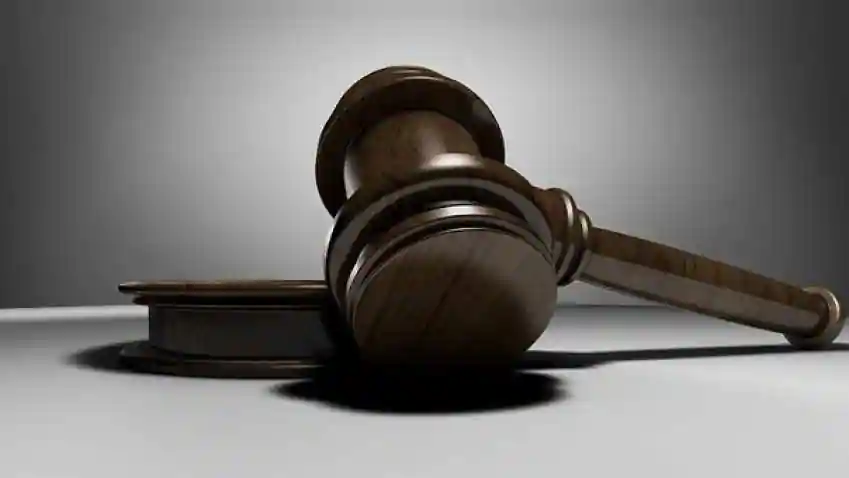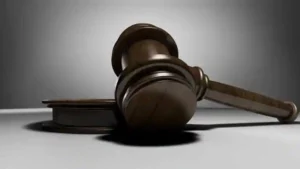Arjun Panditrao Khotkar v. Kailash Kushanrao Gorantyal, SC As on 14 July 2020
In Anvar P.V. v. P.K. Basheer & Ors. (2014) 10 SCC 473 (a three Judge Bench decision of this Court),Bench of this Court, after setting out Sections 65A and 65B of the Evidence
Act, held:
16. It is further clarified that the person need only to state in the certificate that the same is to the best of his knowledge and belief. Most importantly, such a certificate must accompany the electronic record like computer printout, compact disc (CD), video compact disc (VCD), pen drive, etc., pertaining to which a statement is sought to be given in evidence, when the same is produced in evidence. All these safeguards are taken to ensure the source and authenticity, which are the two hallmarks pertaining to electronic record sought to be used as evidence. Electronic records being more susceptible to tampering, alteration, transposition, excision, etc. without such safeguards, the whole trial based on proof of electronic records can lead to travesty of justice.
20. Proof of electronic record is a special provision introduced by the IT Act amending various provisions 25 under the Evidence Act. The very caption of Section 65-A of the Evidence Act, read with Sections 59 and 65-B is sufficient to hold that the special provisions on evidence relating to electronic record shall be governed by the procedure prescribed under Section 65-B of the Evidence Act. That is a complete code in itself. Being a special law, the general law under Sections 63 and 65 has to yield.
22. The evidence relating to electronic record, as noted hereinbefore, being a special provision, the general law on secondary evidence under Section 63 read with Section 65 of the Evidence Act shall yield to the same. Generalia specialibus non derogant, special law will always prevail over the general law. It appears, the court omitted to take note of Sections 59 and 65-A dealing with the admissibility of electronic record. Sections 63 and 65 have no application in the case of secondary evidence by way of electronic record; the same is wholly governed by Sections 65-A and 65-B. To that extent, the statement of law on admissibility of secondary evidence pertaining to electronic record, as stated by this Court in Navjot Sandhu case, does not lay down the correct legal position. It requires to be overruled and we do so. An electronic record by way of secondary evidence shall not be admitted in evidence unless the requirements under Section 65-B are satisfied. Thus, in the case of CD, VCD, chip, etc., the same shall be accompanied by the certificate in terms of Section 65-B obtained at the time of taking the document, without which, the secondary evidence pertaining to that electronic record, is inadmissible.
In Shafhi Mohammad v. State of Himachal Pradesh (2018) 2 SCC 801 reconsidered by a Bench of a larger strength
24. We may, however, also refer to the judgment of this Court in Anvar P.V. v. P.K. Basheer, delivered by a threeJudge Bench. In the said judgment in para 24 it was observed that electronic evidence by way of primary evidence was covered by Section 62 of the Evidence Act to which procedure of Section 65-B of the Evidence Act was not admissible. However, for the secondary evidence, procedure of Section 65-B of the Evidence Act was required to be followed and a contrary view taken in Navjot Sandhu that secondary evidence of electronic record could be covered under Sections 63 and 65 of the Evidence Act, was not correct. There are, however, observations in para 14 to the effect that electronic record can be proved only as per Section 65-B of the Evidence Act.
25. Though in view of the three-Judge Bench judgments in Tomaso Bruno and Ram Singh [1985 Supp SCC 611] , it can be safely held that electronic evidence is admissible and provisions under Sections 65-A and 65-B of the Evidence Act are by way of a clarification and are procedural provisions. If the electronic evidence is authentic and relevant the same can certainly be admitted subject to the Court being satisfied about its authenticity and procedure for its admissibility may depend on fact situation such as whether the person producing such evidence is in a position to furnish certificate under Section 65-B(4).
26. Sections 65-A and 65-B of the Evidence Act, 1872 cannot be held to be a complete code on the subject. In Anvar P.V., this Court in para 24 clarified that primary evidence of electronic record was not covered under Sections 65-A and 65-B of the Evidence Act. Primary evidence is the document produced before the Court and the expression “document” is defined in Section 3 of the Evidence Act to mean any matter expressed or described upon any substance by means of letters, figures or marks, or by more than one of those means, intended to be used, or which may be used, for the purpose of recording that matter.
29. The applicability of procedural requirement under Section 65-B(4) of the Evidence Act of furnishing certificate is to be applied only when such electronic evidence is produced by a person who is in a position to produce such certificate being in control of the said device and not of the opposite party. In a case where electronic evidence is produced by a party who is not in possession of a device, applicability of Sections 63 and 65 of the Evidence Act cannot be held to be excluded. In such case, procedure under the said sections can certainly be invoked. If this is not so permitted, it will be denial of justice to the person who is in possession of authentic evidence/witness but on account of manner of proving, such document is kept out of consideration by the court in the absence of certificate under Section 65-B(4) of the Evidence Act, which party producing cannot possibly secure. Thus, requirement of certificate under Section 65- B(4) is not always mandatory.
IV. Conclusion
46. It will be clear from the above discussion that the major jurisdictions of the world have come to terms with the change of times and the development of technology and finetuned their legislations. Therefore, it is the need of the hour that there is a relook atSection 65B of the Indian Evidence Act, introduced 20years ago, by Act 21 of 2000, and which has created ahuge judicial turmoil, with the law swinging from one extreme to the other in the past 15 years from Navjot Sandhu to Anvar P.V. to Tomaso Bruno to Sonu to Shafhi Mohammad.


